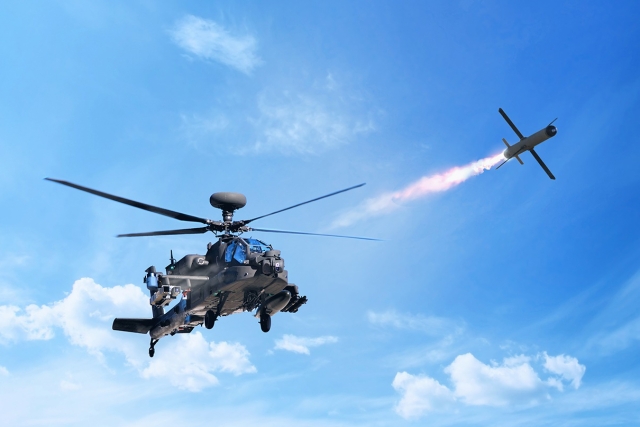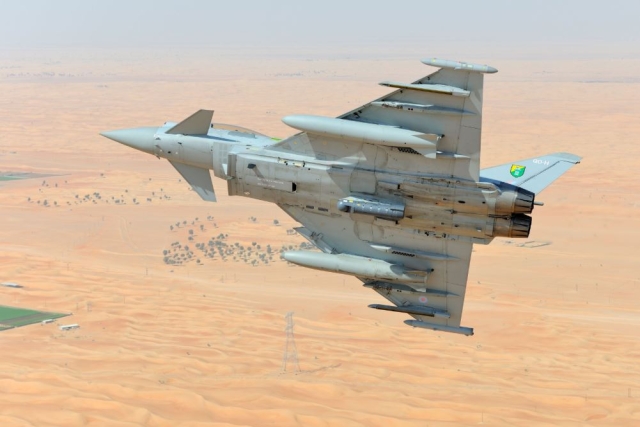Lockheed Martin Successfully Tests New Solution For Live, Virtual, Constructive Training
Lockheed Martin successfully tested a new solution for integrated live, virtual and constructive (LVC) training during a flight demonstration at the company's Aeronautics facility in Fort Worth, Texas.
During the flight test, a pilot flying in a live F-16 engaged in a synthetic training exercise with a pilot flying as wingman in a ground-based F-16 simulator. Simulated sensor data sent from the ground into the aircraft provided a shared constructive training scenario for the live and virtual aircraft. The two F-16s cooperated to engage multiple simulated aggressors and defend against simulated ground surface missile threats in real time.
"As fighter aircraft increase in capability, integrating live, virtual and constructive elements is essential to train pilots for complex challenges that simply cannot be replicated in a live environment," said Jon Rambeau, vice president for Lockheed Martin's Training and Logistics Solutions business. "LVC technology provides a more dynamic training experience."
The company's Advanced Combat Enhancement System program integrates several technologies for a unique LVC solution to move data between ground and aircraft sensors, helping pilots train with simulators, computer-generated forces and other aircraft in the same synthetic environment.
This demonstration marks the company's progress towards providing a technical solution that can improve operational readiness while reducing training costs and reliance on airspace or adversary aircraft. Future demonstrations will validate this capability on additional platforms and training scenarios in preparation for integrating LVC into fourth and fifth generation pilot training.









